The Method:
Before determining which second round picks have had success in the NBA, it is important to define precisely what success is. Is it scoring 10 points per game? Is it having a PER above 15? Is it winning championships? Here, success was defined based on two metrics: win shares per 48 minutes and wins above replacement. Two metrics were selected instead of one in an effort to combat any limitations that either may have. In general, win shares is closely tied to team success while wins above replacement (based on Value Above Replacement Player or VORP) is closely tied to how an individual compares to a replacement level player. For this, a successful second round pick must have:
At least 3 seasons, playing more than 50 games, with a win shares per 48 minutes greater than .1 (.1 is league average)
Or
At least 3 seasons, playing more than 50 games, contributing at least 1 win above replacement (0 is league average)
What this means is that in order to be deemed successful, the player needed to contribute at least 3 above average NBA seasons while playing in at least 50 games.
The Results:
In looking at all 386 2nd round draft picks between 2000 and 2012, 65 players were identified that fit these criteria, giving NBA teams a success rate of a little more than 15% at finding a successful 2nd round pick. Unsurprisingly, about 50% of these players were taken within the first 10 picks of the second round while less than 15% were taken in the final 10 picks of the second round.

Digging a little deeper, separating draftees by the year in school they declared or if they were an international player and the position they played also revealed some interesting trends. Here are three conclusions based on those categories.
1. Need a center? Draft International

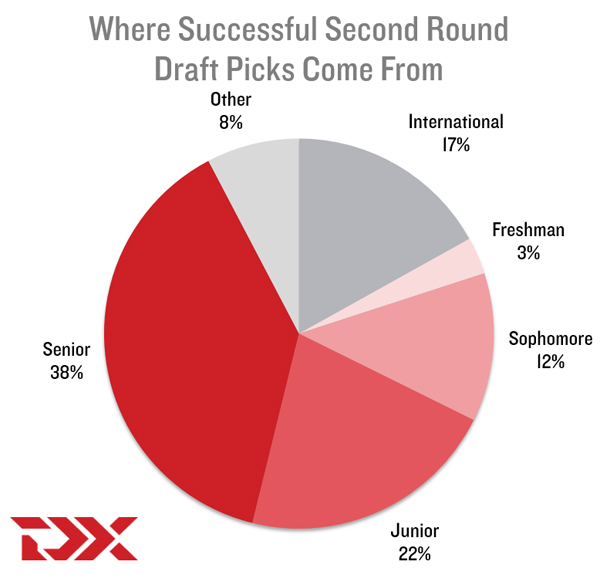
As seen in the two graphs above, of all 2nd round draft picks between 2000-2012, 26% of the players drafted played internationally. However, only 17% of successful players drafted played internationally. This is likely due in part to the number of players who never come to the US, not necessarily any difference in skill.
Looking a bit closer, international centers seem to have more success than their collegiate counterparts. While centers made up only 9 of the 65 successful 2nd round players drafted, 6 of those 9 were international players. This included Mehmet Okur (2001), Zaza Pachulia (2003), Anderson Varejao (2004), Marcin Gortat (2005), Marc Gasol (2007), and Omer Asik (2008).
Potential Targets: Zhou Qi, Georgios Papagiannis, Andrey Desyatnikov
2. Small Size, Big Bargain
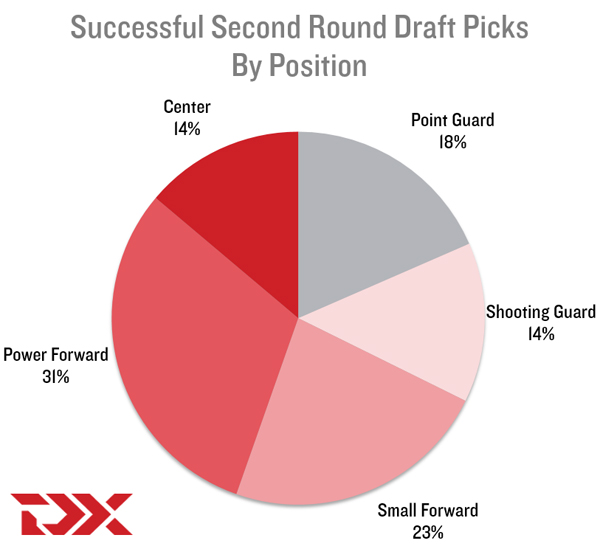
While collegiate or international production is one factor in a player's draft stock, often one's measurables are seen as a better indication for future success. Height, weight, wingspan, speed, and explosiveness are all measures that NBA teams consider in each prospect they evaluate. This can sometimes lead to players who don't have elite measurables, but who may possess above average basketball skills, dropping down draft boards.
From the above figure you can see shooting guards made up just 14% of the successful 2nd round picks. Interestingly, most of these selections shared a common characteristic: they were undersized. Of the 9 shooting guards selected in the back half of the draft to become successful players, 6 can be considered undersized, specifically Eddie House (2000), Monta Ellis (2005), Lou Williams (2005), Daniel Gibson (2006), Jodie Meeks (2009), and Marcus Thornton (2009). Each of these players was able to find success as a scorer or 3-point shooter in the NBA. This also applied to 2nd round point guards who may be considered undersized, like as Mo Williams (2003), Patty Mills (2009), and Isaiah Thomas (2011).
Potential Targets: Tyler Ulis, Kay Felder, Yogi Ferrell, Fred VanVleet
3. Value of Collegiate Experience
While most 2nd round picks that find success in the NBA were seniors, four years of collegiate experience may be overvalued. Seniors account for nearly 50% of the players drafted in the 2nd round but make up less than 40% of successful players. This suggests that teams may favor prospects with four years of collegiate experience when drafting in the 2nd round, in lieu of a player with less collegiate experience.
22% of the successful player pool is collegiate juniors, while only 13% of players drafted are juniors, a difference of 9%. Additionally, sophomores make up 12% of the successful player group while only comprising 7% of the draft pool, a difference of 5%. Some of the most successful 2nd round picks were either sophomores or juniors when they entered the NBA draft, including Michael Redd (2000), Gilbert Arenas (2001), and Paul Millsap (2006). This suggests that teams may be able to find better value in 2nd and 3rd year players while other teams seek a more experienced senior.
Potential targets: Tyler Ulis, Chinanu Onuaku, Patrick McCaw, Pascal Siakam, Robert Carter, Ben Bentil, Isaiah Whitehead






























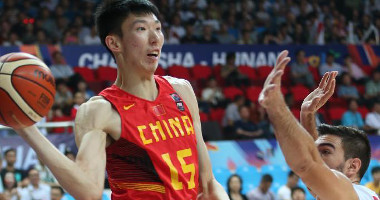








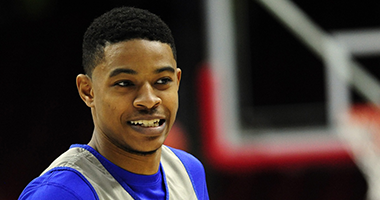

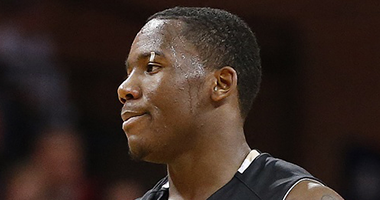





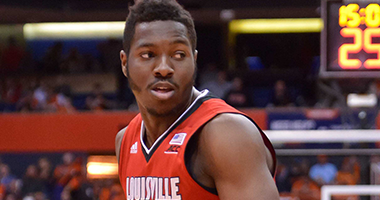

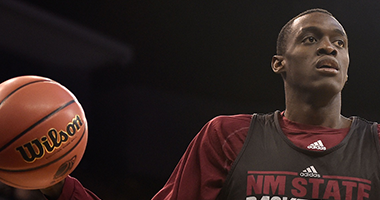








Comments